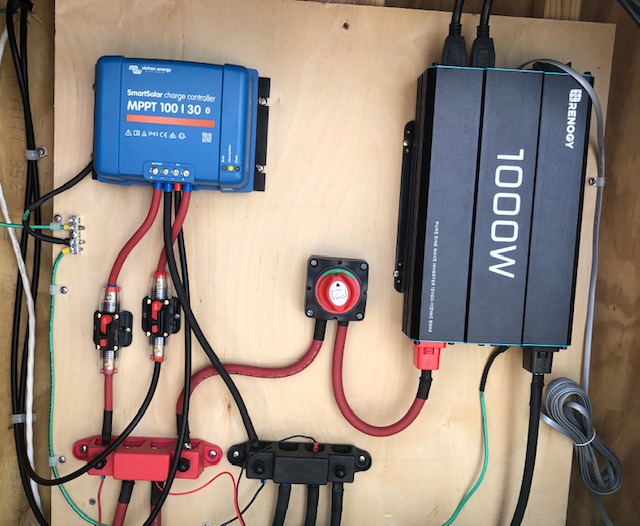

The Peacefair company is known for various inexpensive battery monitors with LCD displays such as the PZEM-015. However, they can serve many purposes when it comes to measuring an electrical current. While searching the Internet for a battery monitor for DC voltages, I came across the PZME-017. This voltage drop is measured and translated by a microprocessor to determine current. Shunts mainly monitor the energy that flows out of a battery. The battery monitor uses these measurements to calculate the state of charge, power consumption, estimated remaining runtime, and other beneficial information about your battery system.


There is a slight voltage drop between the terminals of the shunt. The shunt measures the real-time voltage of your battery system as well as the current draw. This reduction is proportional to the amount of current passing through that load. Renogy 500A Battery Monitor with Shunt, High and Low Voltage Programmable Alarm, Voltage Range 10V-120V and up to 500A, 20ft Shielded Cable, Compatible with 12V. LEM the current measurements expert, brings its experience and know-how to provide advanced battery monitoring. Monitor Dimensions: H 1.3' x W 2.4' x D 2.4'. The Smart Battery Shunt The SmartShunt is an all in one battery monitor, only without a display. The essential function of a battery monitor is to calculate ampere hours consumed and the state of charge of a battery. The smart shunt can transmit a signal to a relay to switch off the load when battery capacity is low thereby preventing deep discharge of the battery. How a shunt works: When current flows through a load the voltage is reduced. The BMV-712 is Victrons newest high precision battery monitor.
#Shunt battery monitor install#
The easiest way to ensure that you capture all of the current, and not just some that went on an alternate route, is to install the shunt right before the negative side of the battery bank and make sure that all alternate route cables connect on one side of the shunt and the battery negative goes to the other side. In order to determine total current flow (which is used to determine remaining battery capacity and a number of other things) ALL of the current has to pass through the shunt. Different loads create alternate routes in the loop but they all end up going back to the negative. I have a Xantrex battery monitor which is connected to a shunt on the negative side, installed after the house battery bank which is (2) 95 amp/hr AGM. Installation Conceptualization: Electrical current always flows in a loop from the positive side of a battery bank through cables, through loads, through more cables and eventually back to the battery bank through the negative side.
#Shunt battery monitor Bluetooth#
Bluetooth Programming Lithium Battle Born


 0 kommentar(er)
0 kommentar(er)
